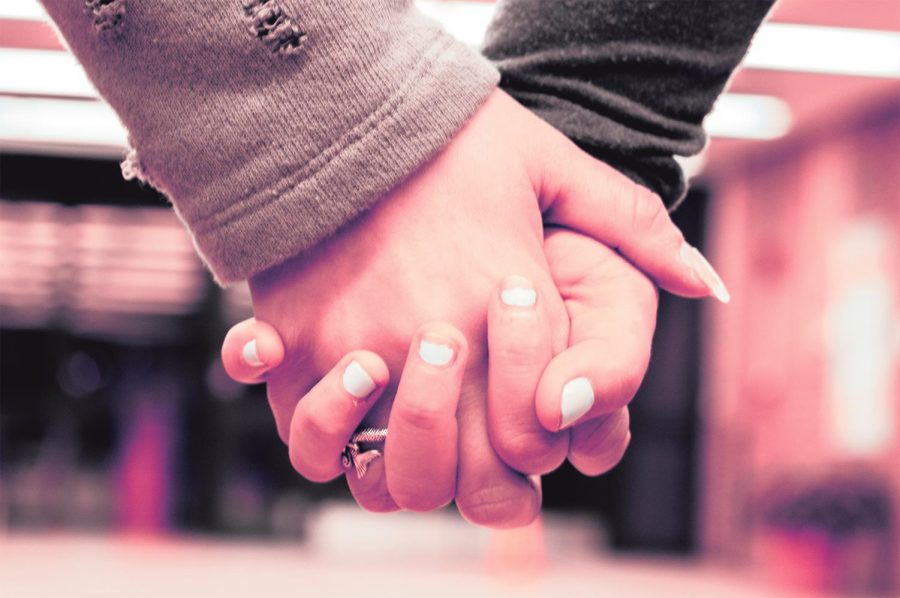Gender Norms on Valentines Day
Over the years, stereotypes in relationships have become less common as society progresses
February 5, 2018
With Valentine’s Day just around the corner, it is time to start thinking about what to do with your significant other. At least, that is the perceived standard society has taught us to expect.
Veronica Medina, IU Southeast assistant professor of sociology, offered a more clear definition of
gender norms.
“[Gender norms] are the way that society effectively polices the behavior of men and women,” Medina said. “The problem with gender norms is that they have always been based on a binary system; either a man
or a woman.”
Still, there is an expectation for men to take woman out because it is marketed as such. In reality, relationship fluidity is greater now than ever before due to the progress of the LGBTQ+ community in the past decade.
“Gender becomes a way we can make sense of the world around us,” Medina said. “We classify others based on physical appearance or how someone carries themselves, and then that will help me to know how to interact
with you.”
While that instinct is embedded in our human nature, it can get in the way of new gender norms. In relation to Valentine’s Day, it is important to remember people are celebrating it differently than ever before.
Most people desire to celebrate Valentine’s Day, no matter how they identify themselves. Psychology Today states, “while social and biological analyses of gender offend some, they have freed others to finally feel comfortable in their own skin.”
Moving away from stereotypes
Most people don’t want to only be categorized as one thing. Humans are so much more than a“girl” or a “boy.”
For a lot of people, new gender norms have created a platform for change. They have been given an opportunity to grow into themselves. Still, for some, not much has changed in 2018.
Gregory Kordsmeier, assistant professor of sociology, talked about traditional relationships versus non-traditional relationships.
“Traditionally in heterosexual couples the man is supposed to be the one who is more active in planning dates and making decisions,” Kordsmeier said. “While it is important for society to recognize the changes, it also doesn’t mean everyone is changing with it.”
Regardless of the changes in gender norms for Valentine’s Day, a lot of people still enjoy celebrating it.
“I don’t think [Valentine’s Day] is overrated. I think it’s a sweet holiday,” Allison Burch, criminal justice
junior, said.
The media’s role
For those who identify with new gender norms, it can be encouraging to see the media recognize the changes happening in society. It can be different, but it is the responsibility of consumer culture to embrace these and create a Valentine’s Day for everyone — regardless of how they identify themselves.
Marketing and creative services have had to adjust to their target audiences and make room for new ideas.
With an increase in public same-sex couples, it is hard to define what should be normal for a consumer to buy for their significant other on Valentine’s Day.
DMN News stated, “consumers’ lifestyles are always evolving, and as marketers our strategies to connect with them should too.”
The media influences perceptions and stereotypes, feeding people thousands of messages a day. Companies are shifting away from heteronormative advertisements.
Now, there are cards for same sex couples, and billboards and commercials now have LGBTQ+ couples
in them.
While it is important to feel comfortable in your own skin, it is also important to be able to love freely. Uniformity and binary relationships used to surround the expectations of what you get your significant other, but now everyone is celebrating Valentine’s Day how they see fit.


